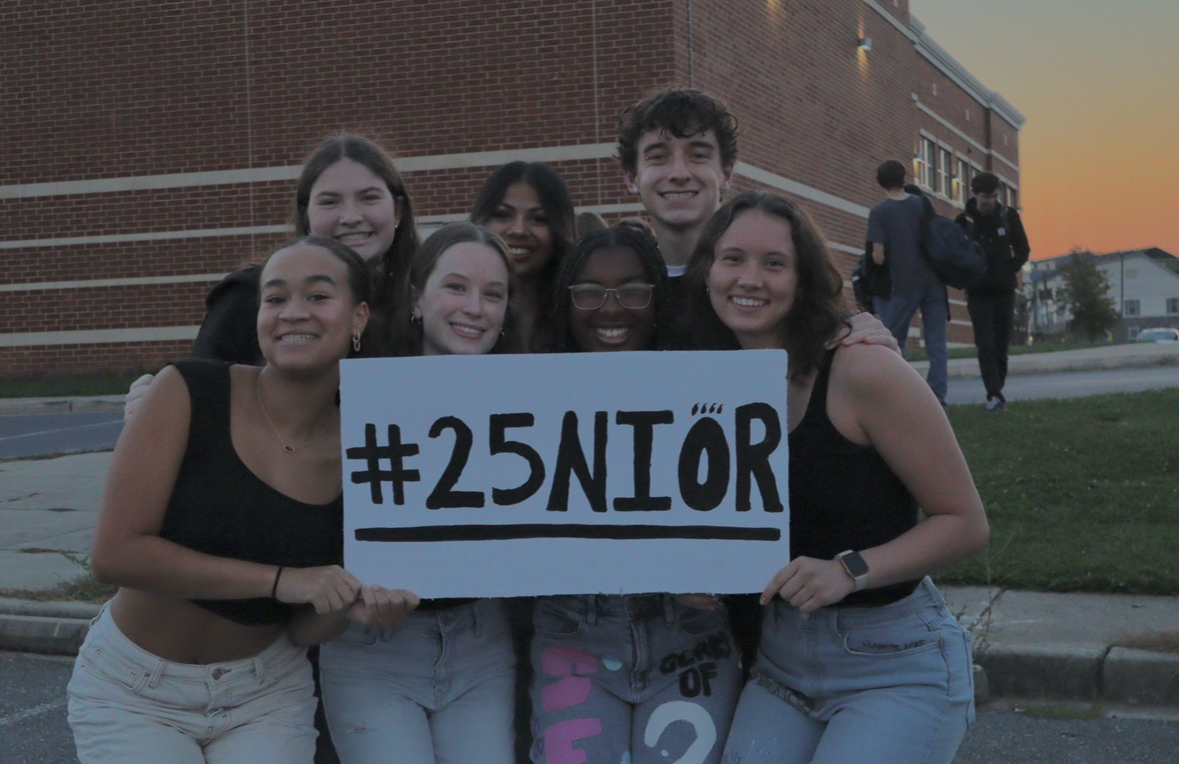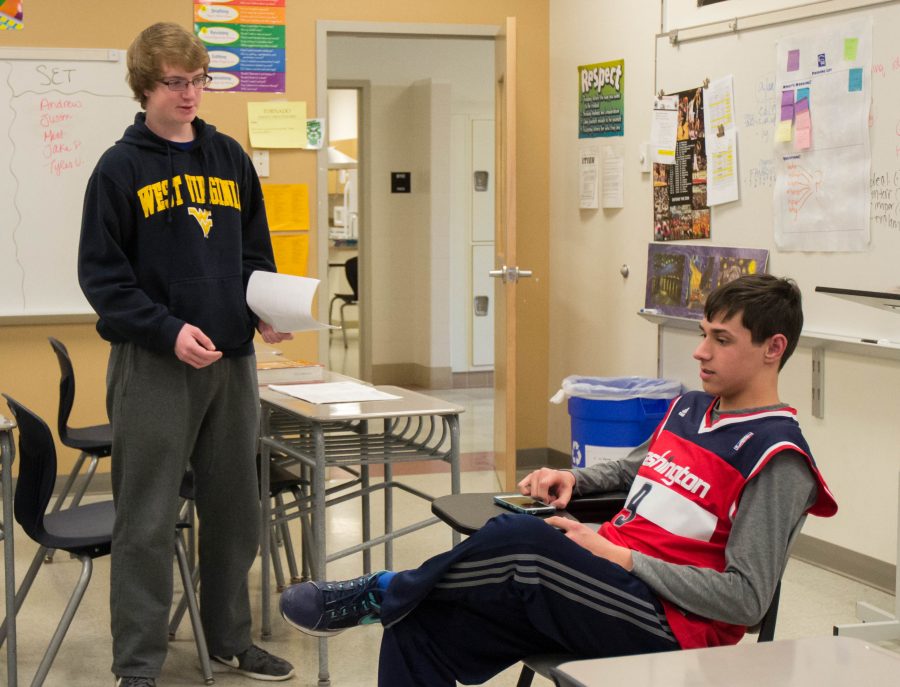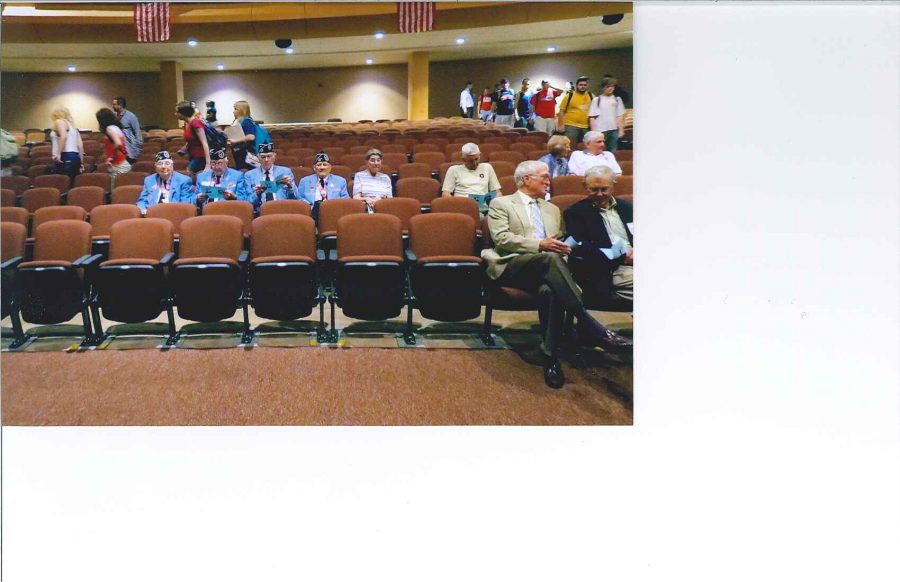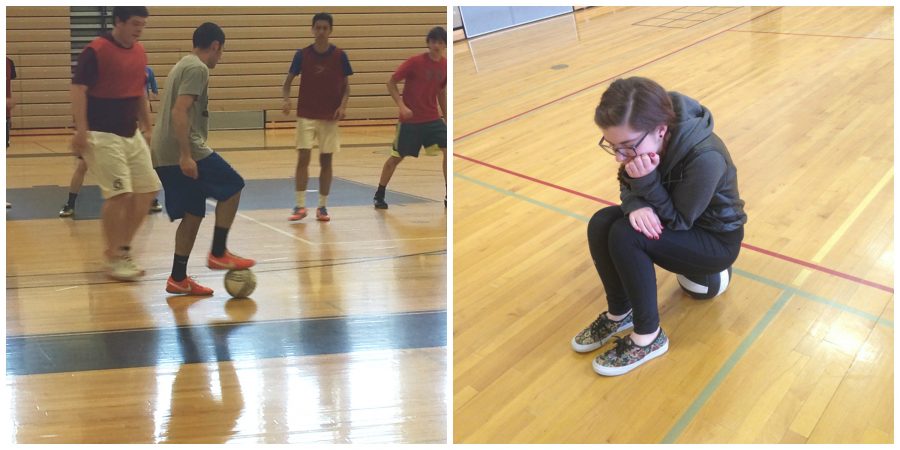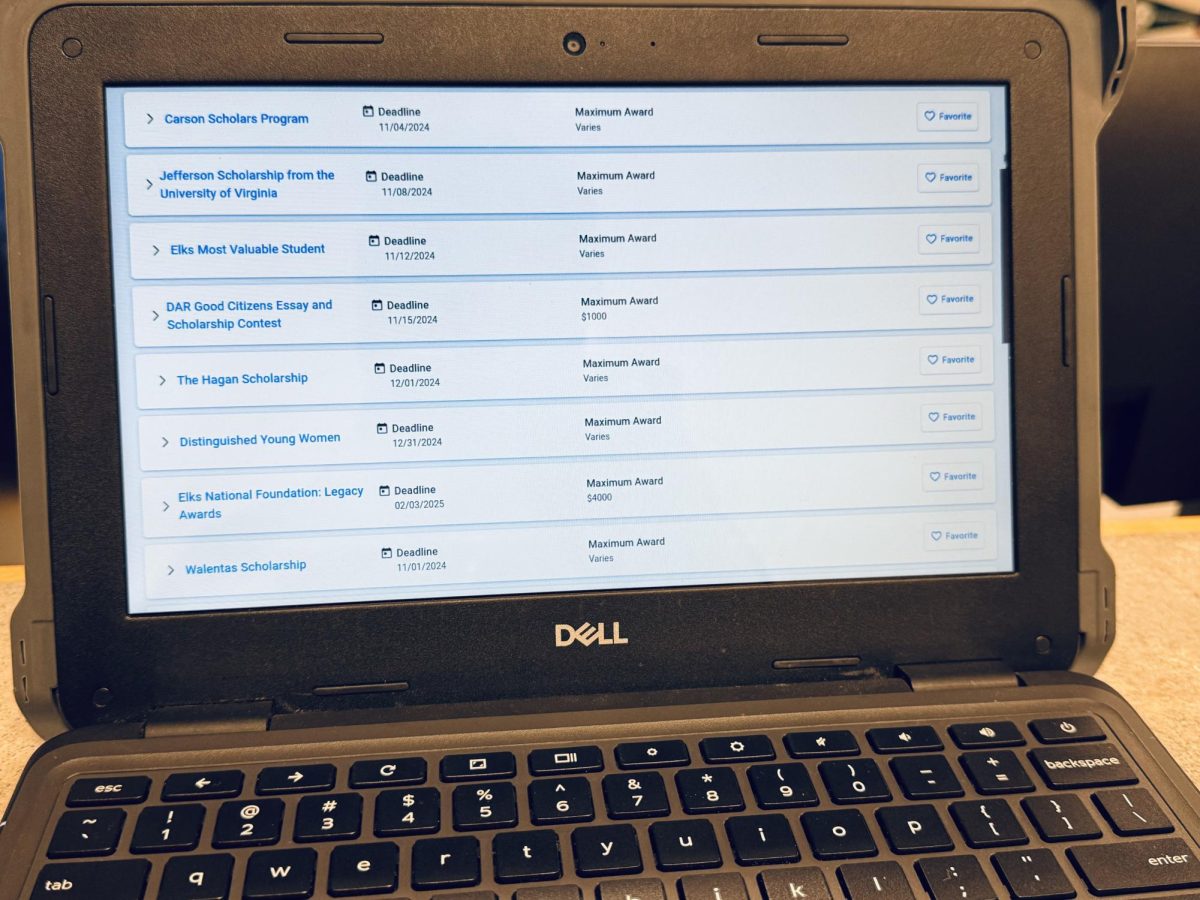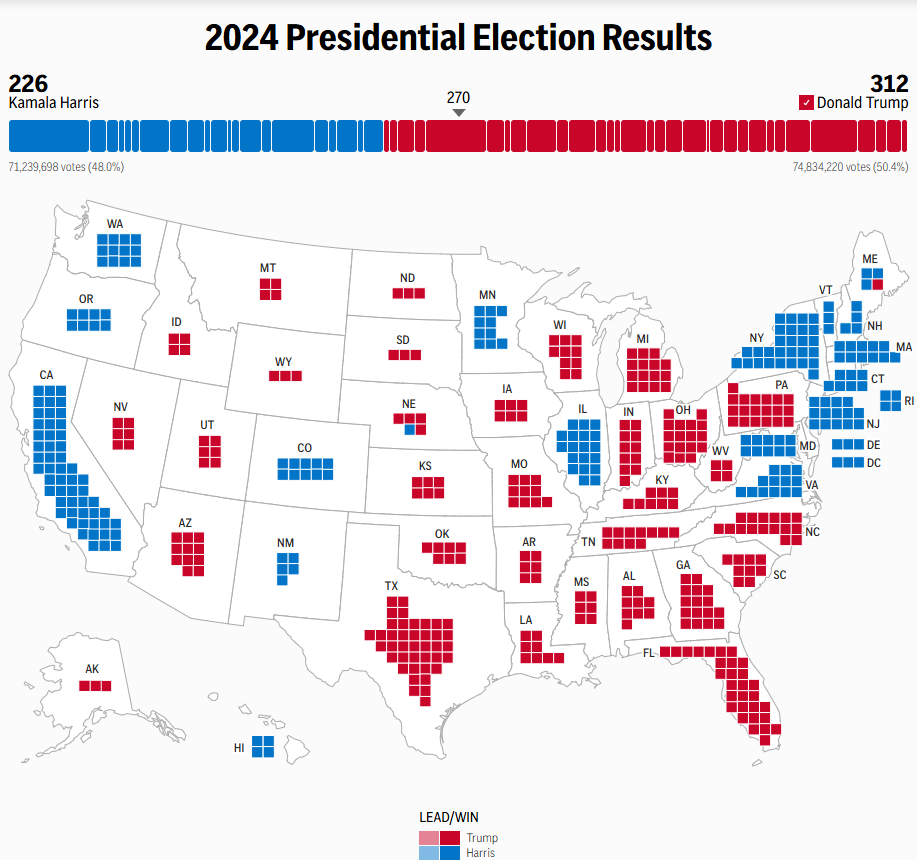As seniors across the country begin their journey to adulthood, many wonder what the next step will be. For a lot of students it is pursuing a higher education or seeking to continue their academic endeavors. They strive to gain a new perspective on life and gain connections that are offered by universities and colleges. However, many students struggle to afford the high price of college.
They understand that in order to be “successful in life,” a higher education is the most important part of a person’s resume. Without it, vital job opportunities will not be available. This is an unfortunate reality for a lot of people. According to the Education Data Initiative, Maryland’s average student loan debt is $43,692. Maryland is ranked number two in average borrow debt, only below the District of Columbia which has $54,795 in average borrower debt.
Why should affordable college education be a standard expectation for American students? Higher education in the United States often comes with a staggering price tag, which has created significant barriers for many aspiring students. “I don’t think Colleges and Universities should be fully free, but they should be a lot cheaper,” a student from Oakdale communicated.
As it stands, American families frequently find themselves caught in a financial bind, faced with the daunting task of funding their children’s education. The expectation is they will either pay for college expenses directly out of their pockets, take out a loan that can take years to pay back, or seek scholarships based on academic merit. While it may seem reasonable to assume that parents should save throughout their lives to provide for their children’s higher education, this plan can be unrealistic.
Various economic pressures, from rising housing costs to unexpected medical bills, can derail even the most financially sound families. Thus, the conversation surrounding college affordability remains crucial in shaping a more affordable future for all American students. “I think any movement that we make as a nation toward more affordable and accessible higher education is a good move,” an Oakdale teacher shared.
Nonetheless, the question remains: when and how will this happen? This issue has been debated for generations, yet no conclusive answer has been reached. Making college more affordable could significantly expand access to education, enabling a broader range of individuals to pursue their passions and explore diverse career paths. Lowering tuition costs would open doors for students from various backgrounds, allowing them to engage in the arts, sciences, technology, or other areas they’re passionate about. This shift could foster a more skilled workforce and drive innovation, leading to greater economic growth and societal advancement.




















